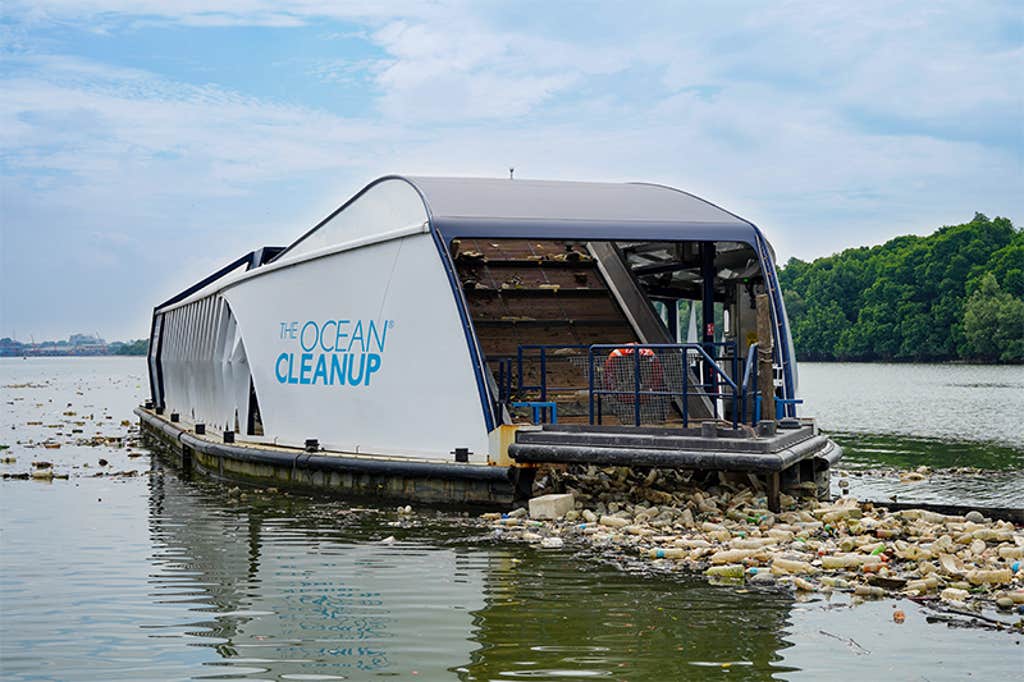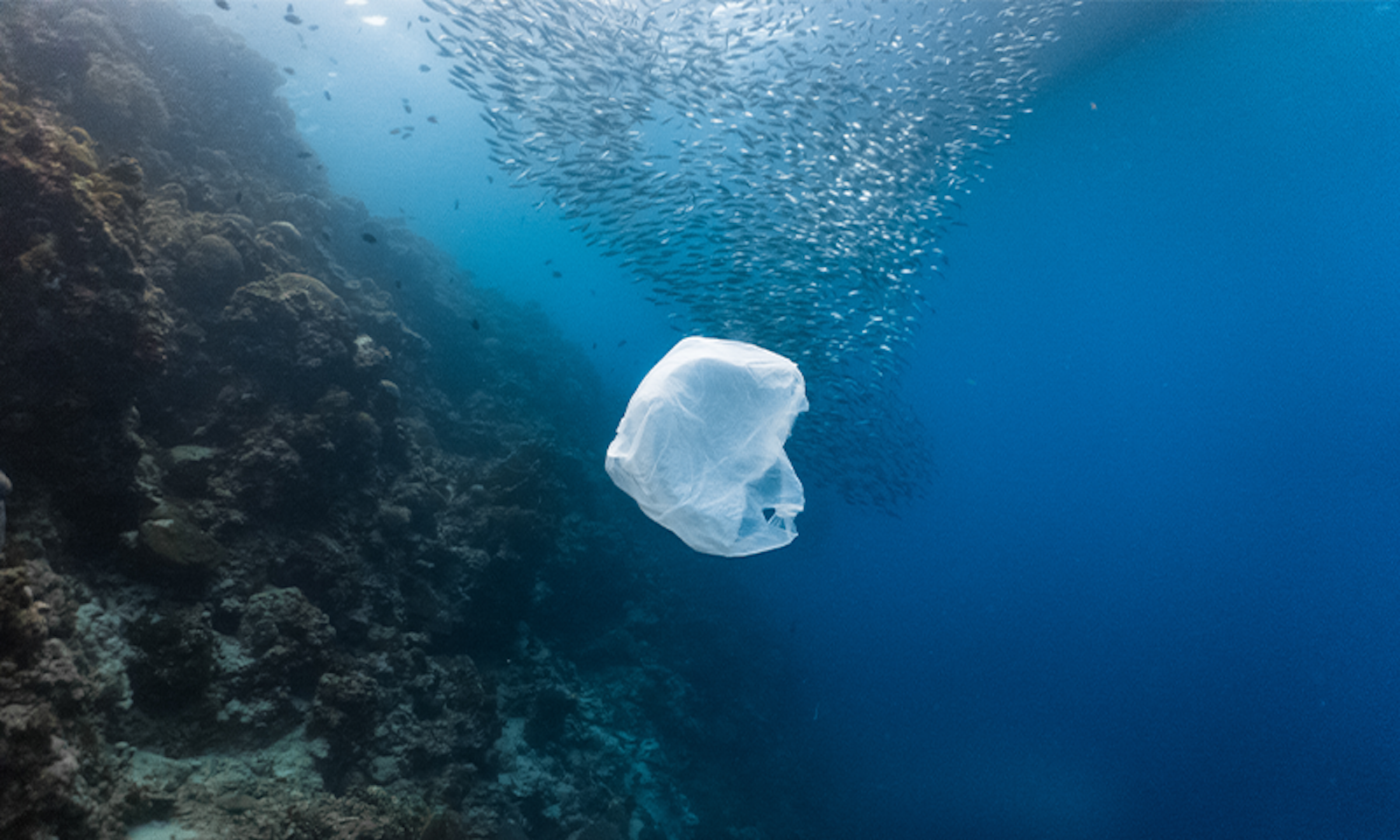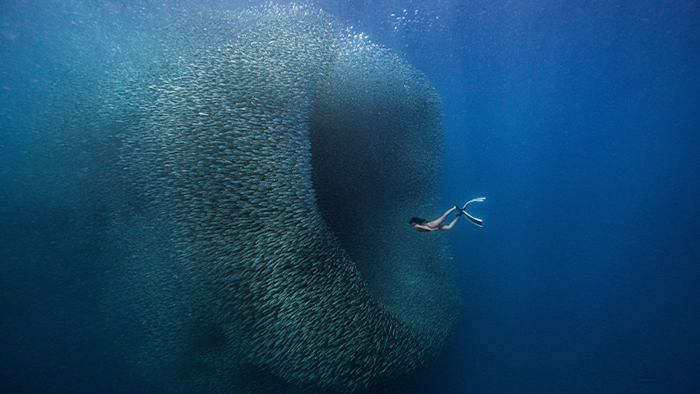You might think that running a giant mechanical rake along the coastline to collect plastic debris would be a really good idea. But it turns out there are a lot of downsides. The process kills dune plants, which accelerates erosion, for example. In fact, beaches that consistently win awards for cleanliness—including some iconic beaches in Malibu, California—are often hurting for biodiversity.
Mechanical rakes, giant sieves, nets, and conveyors are increasingly used by companies and nonprofits around the world to scoop up plastic from beaches, oceans, and rivers. But the results might not add up for the environment. A new analysis, published in the journal One Earth, suggests large scale mechanical plastic cleanups largely do more harm than good.
Collected ocean plastic is more likely destined for a landfill than for a recycling plant.
It’s not just beach ecosystems that suffer damage. River and marine ecosystems are harmed, too. In harbors, for example, plastic-trapping tech like Seabins—a cross between a pool skimmer and a trash can—collect debris by pumping water into a large device. But they also trap large amounts of seaweed and ocean life: One analysis showed that for every four pieces of plastic, Seabins captured one marine organism, which typically died within two days.
Melanie Bergmann, a marine ecologist at the Alfred Wegener Institute in Germany, and co-author of the paper, says she was inspired to look into the issue because of the increasingly forceful public campaigns run by some of the companies behind plastic removal technologies. The crisis of plastic choking oceans and rivers can seem insurmountable—at humanity’s current rate of use, plastic production is projected to triple by 2060—which is why ambitious machines and targets are becoming more popular, she says.

One nonprofit, The Ocean Cleanup, for example, claims that it can remove 90 percent of floating plastic from the oceans by 2040. But to grab plastic from the ocean, the nonprofit tows a net through the water at slow speeds for up to two weeks. This method leads to significant bycatch: A single device running for one year could kill 675 tons of zooplankton as well as larger animals like sea turtles and sharks, according to research from Aalborg University in Denmark.
Some plastic removal companies and nonprofits are motivated by plastic credit schemes that are increasingly pushed by plastics manufacturers. Like carbon credits, they are ripe for greenwashing, Bergmann says. She expects the plastics industry will fund even more of these collection schemes in the future, so that business-as-usual plastics production can continue. But as of yet, no international science-based criteria exist for measuring the efficiency of plastic clean-up systems or the harms they cause to the environment.
Sometimes the simplest tech can be the best: beach cleanups by hand are effective at removing plastic along shorelines and riverbanks while also raising awareness of the problem, Bergmann says. Another example that seems to work pretty well, she says, is the Ocean Voyage Institute, which works with sailors to fit GPS trackers to abandoned fishing gear encountered on their sails. The Institute’s sailboats then go out to selectively retrieve the items. In 2020, they collected 150 tons of gear through this approach.
Some plastic removal companies and nonprofits are motivated by plastic credit schemes.
In the end, removing plastics just moves the debris from one place to another. Collected plastic has to go somewhere, and after months in the ocean, it is more likely destined for a landfill than for a recycling plant. Plastics “attract persistent organic pollutants from water and undergo weathering,” according to Bermann and her coauthors, which makes them less suitable for reuse.
The researchers say efforts would be better spent minimizing the amount of plastics produced and pressuring plastic producers to design more sustainable materials. “In order to effectively reduce plastic pollution, we need to focus on preventive measures that are higher up in the waste hierarchy such as a reduction in production,” says Bergmann. “This is also a much more affordable solution for many countries around the world.”
There is no quick fix. She says, “We need to change our ways.” ![]()
Lead image: SaltedLife / Shutterstock





















